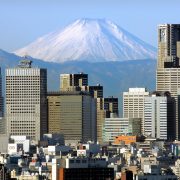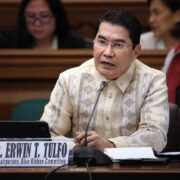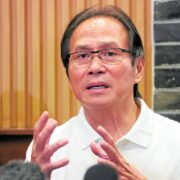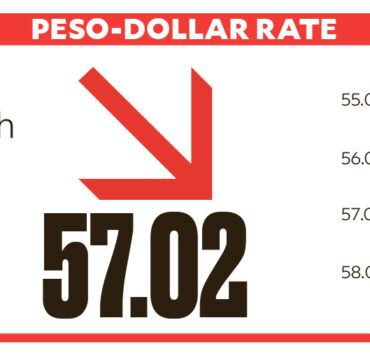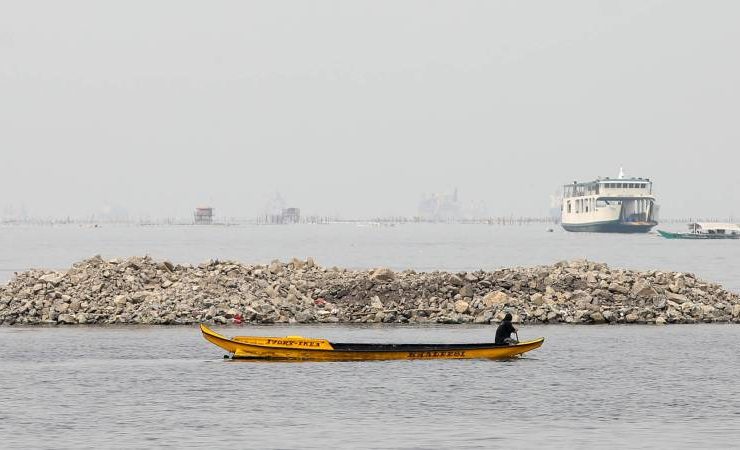PhilHealth: Benefit packages up by 50 percent by next month
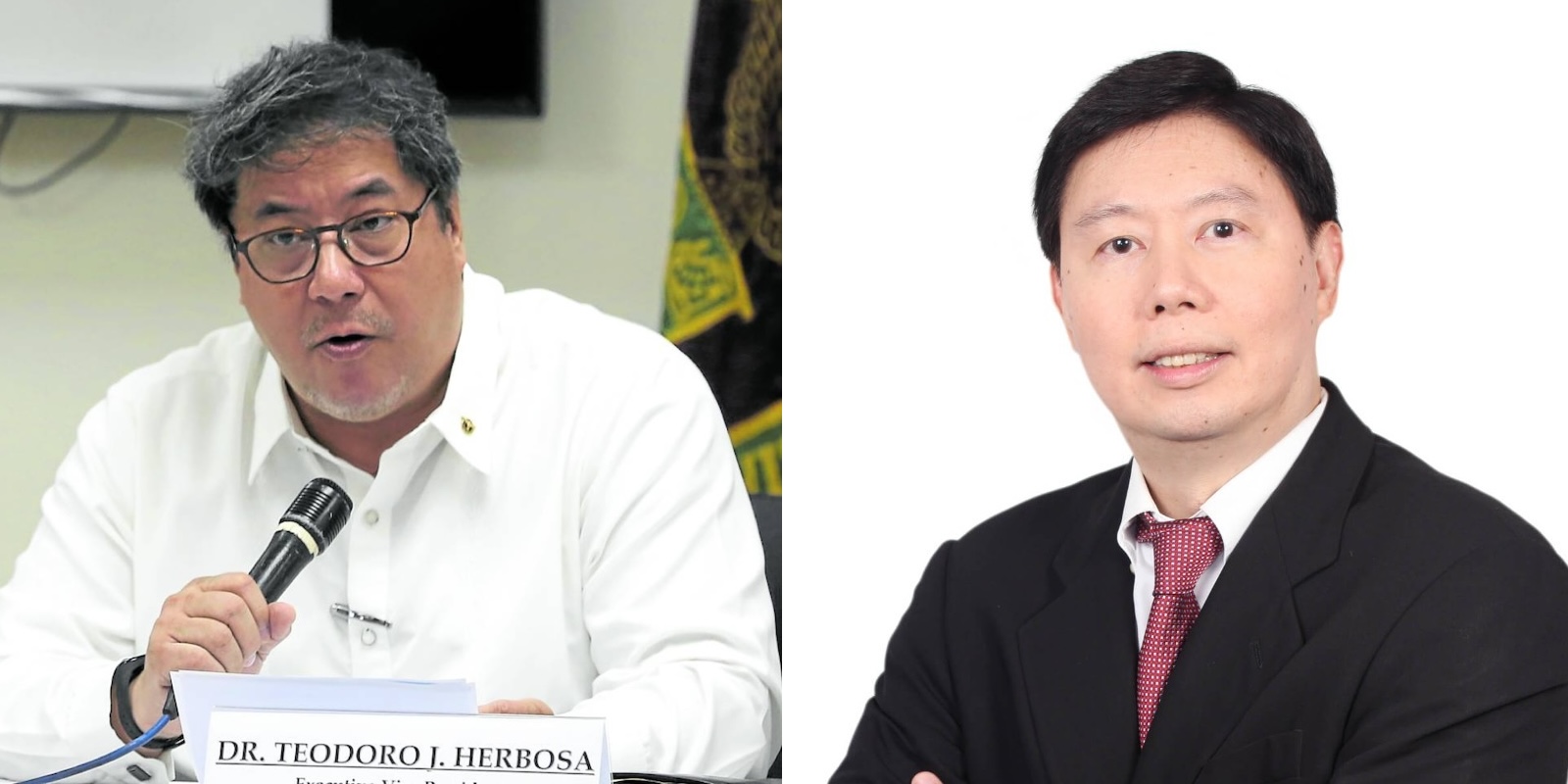
Hounded by controversy for being flush with cash for improper implementation of the Universal Health Care (UHC) Act, the Philippine Health Insurance Corp. (PhilHealth) will further increase almost all of its benefit packages by up to 50 percent before the end of the year.
Citing its robust financial standing, PhilHealth president and CEO Emmanuel Ledesma Jr. said the state-run health insurer plans to implement another “30 to 50 percent increase” in benefit coverage by November across all its benefit packages.
This would mean even less out-of-pocket expenses for the Filipinos who would need to be hospitalized.
PhilHealth is going to increase almost all its nearly 9,000 case rates by 60 to 80 percent before the end of the year, in addition to the 30-percent increase implemented in February as an inflation adjustment.
“For the past 10 years, PhilHealth’s benefit packages have not been increased. So now, we have to catch up,” Ledesma said in a press briefing in Quezon City on Monday.
“I don’t know when we’ll be able to reach a 100-percent increase across the board of case rates, but all I can say is we are already moving as fast as we can. I am confident that we will get there because we have the support of our hardworking employees, the Malacañang, House of Representatives and Senate. So I don’t see any reason why we will not get there,” he added.
Ledesma said that PhilHealth was nowhere near bankruptcy even with the planned expansion of its benefit packages and proposals to reduce the premiums of paying members.
As of Oct. 5, investments in PhilHealth have reached P512 billion, with over P9 billion already remitted to the national government, according to PhilHealth senior vice president Renato Limsiaco Jr. Payouts for case packages have reached P120 billion this year.
“Bankruptcy is not in the vocabulary of PhilHealth right now. The mission right now is the improvement of benefits,” Limsiaco said.
According to Ledesma, PhilHealth aims to increase further the benefit packages for patients afflicted with the most financially burdensome diseases.
Six have already been implemented: high-risk pneumonia (from P32,000 to P90,100; up by 182 percent); ischemic (from P28,000 to P76,000; up by 171 percent) and hemorrhagic stroke (P38,000 to P80,000; up by 111 percent); bronchial asthma (from P9,000 to 22,488; up by 150 percent); neonatal sepsis (from P11,700 to P25,793; up by 120 percent); and hemodialysis (from P4,000 to P6,350 per session; up by 59 percent).
Before the year ends, there will be increased coverage for severe dengue, ischemic heart disease, myocardial infarction, and cataracts.
By early 2025, Ledesma said PhilHealth would expand their support to patients with lung, liver, ovary, and prostate cancers by improving the chemotherapy coverage.
“One of the core tenets of UHC is financial risk protection. We have increased its coverage limits, especially for catastrophic illnesses to reduce the incidence of Filipinos being driven into poverty due to health expenses. This is a step forward in achieving equity in health,” he added.
In compliance with a special provision under the 2024 General Appropriations Act, the Department of Finance (DOF) issued Department Circular No. 003-2024 directing PhilHealth, among other GOCCs, to remit to the national treasury its unused subsidies amounting to P89.9 billion from 2021 to 2023 to fund the government’s unprogrammed appropriations.
The state health insurer has already transferred a total of P30 billion to the national treasury — P20 billion in May and P10 million in August. It is scheduled to move another P30 billion on Oct. 16, and the balance of P29.9 billion in November.
Former government officials earlier called out PhilHealth executives, saying the excess funds resulted from their failure to expand the benefit packages sufficiently.






